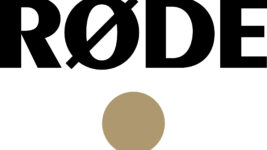News
18 May 2022
The Music Of The Night
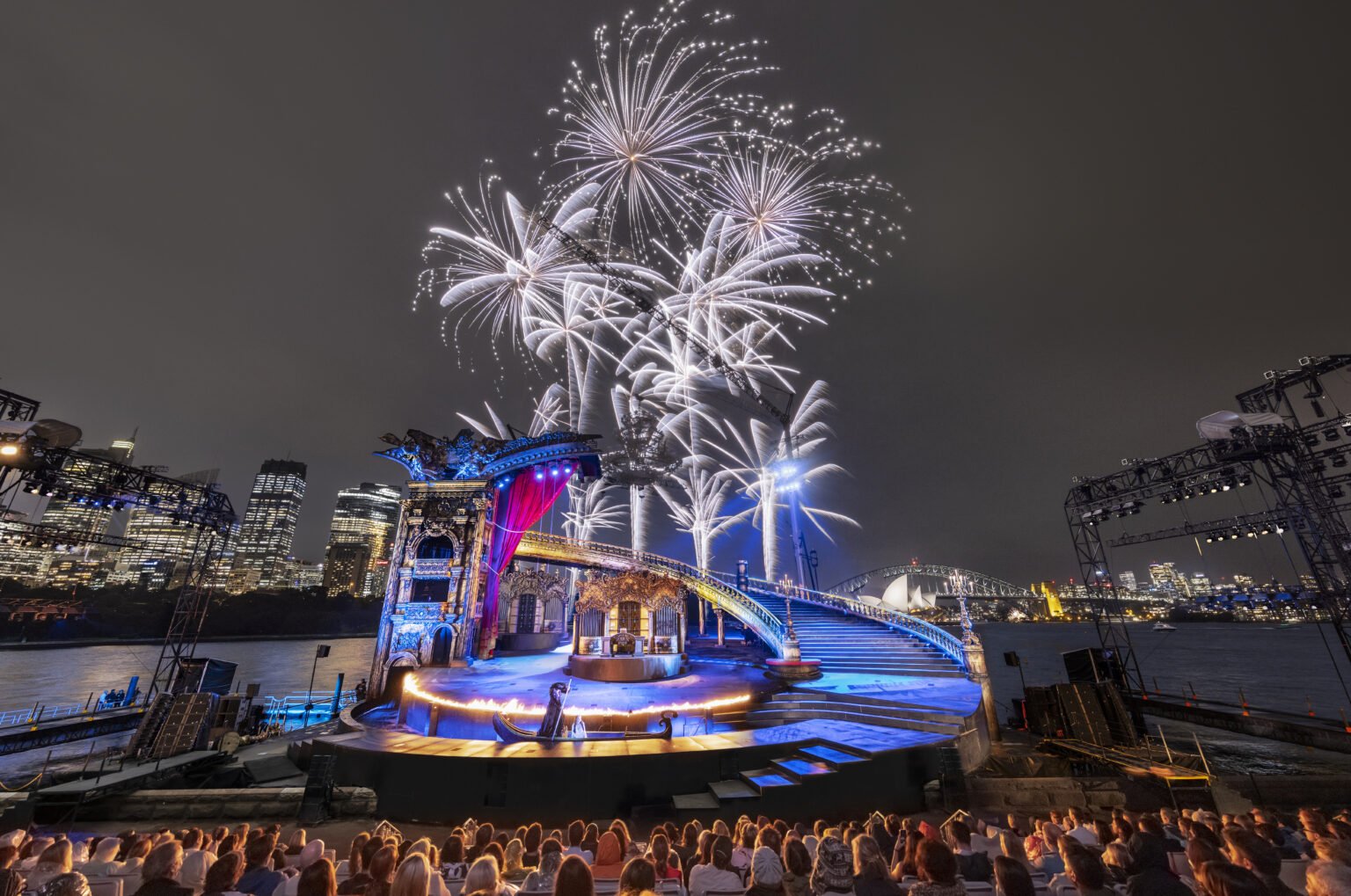
Subscribe to CX E-News
Handa Opera on Sydney Harbour stages Opera Australia’s The Phantom of the Opera
(Lead photo by Hamilton Lund)
The world’s most successful musical, Andrew Lloyd Webber’s The Phantom of the Opera, sees not one, but two productions staged in Australia this year. Opera Australia are mounting both; an elaborate new production opens at Sydney Opera House in August before moving to Arts Centre Melbourne in October. Another Phantom has also just run 25 March to 24 April 2022 in the incomparable setting of Handa Opera on Sydney Harbour, with the House and the Bridge as the spectacular backdrop. As every resident of Sydney knows, doing anything outside in the first part of 2022 has proven challenging…
Sound designer Shelly Lee has a long association with Phantom, working on her first production of the mega-hit in the 1990s. Shelly is also an Australian representative for Andrew Lloyd Webber’s Really Useful Group, the company that oversees all licensing and production of his works, so was a natural fit to handle the sound design for the ambitious outdoor staging. NW Group are the incumbent tech provider, and delivered and installed the full system Shelly designed for the show, project managed by NW Group’s George Blackley.
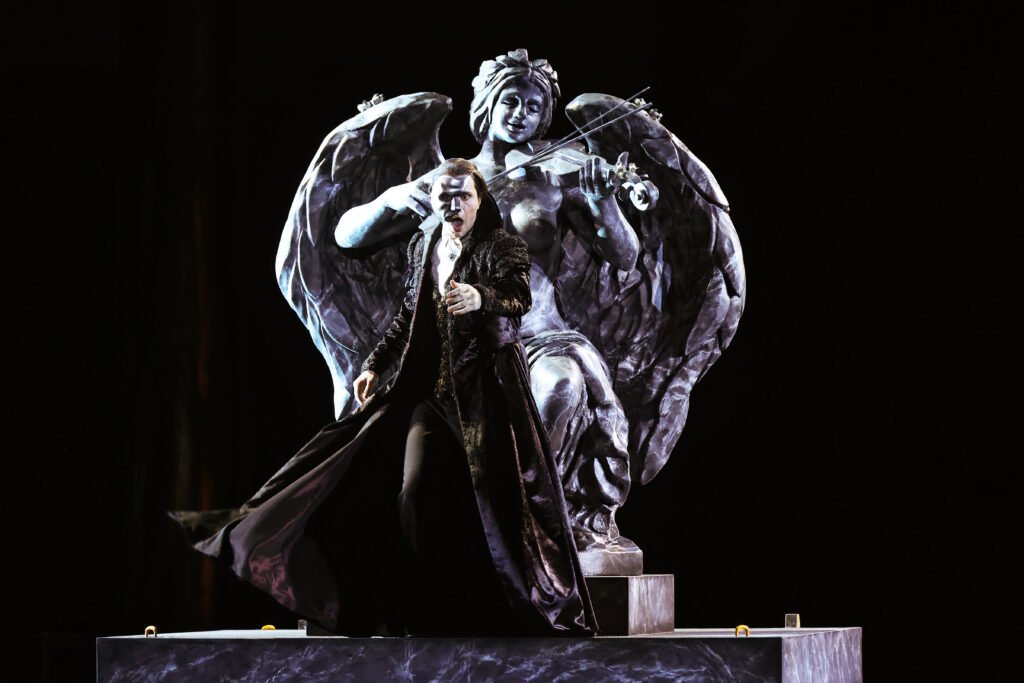
“We’ve been providing audio production for Handa Opera on Sydney Harbour since its inaugural year in 2012,” says NW Group’s founder Chris Kennedy. “There’s a huge amount of technical expertise involved in producing an outdoor opera on a working harbour and we’re thrilled to be a part of that. Our team are delighted to be working with Opera Australia for The Phantom of the Opera, and to be involved in such an iconic Sydney event”.
Sydney’s total annual rainfall being shoehorned into the first three months of the year did not help with the bump-in or pre-production period. “I’d say the two biggest challenges we faced at Handa Opera on Sydney Harbour was the weather, and not being able to hang any loudspeakers on a proscenium of any kind,” says Shelly. “It is very unusual to have a sound design situation where there is nowhere to rig speakers to obtain even coverage. The first and fundamental step I take in any design is to try to ensure that the experience is the same in every single seat.”
The ongoing “rain event” slowed down every aspect of the workflow. “We had a couple of big days early on, and then the load-in got very much behind,” states Shelly. “After that, the situation cleared a little and the crew kept working, but when lightning and wind made it dangerous to keep going, they had to pull the pin. Phantom is challenging at the best of times, and the weather really did not help. This in turn impacted creative time with the cast on stage, by greatly reducing the normal duration of stage rehearsals.”
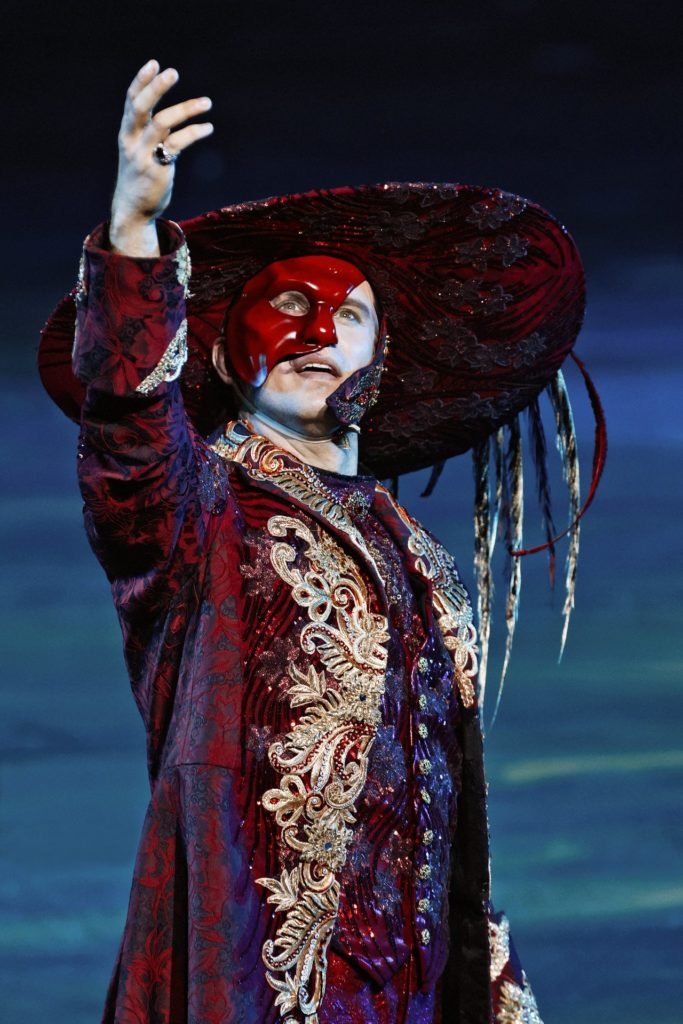
The show, of course, must go on, and despite a thorough drenching, the production took shape. The main way Shelly’s design differs from iterations of Handa Opera on Sydney Harbour I’ve attended in the past is in the way the FOH PA is deployed. As the production design lacked anywhere to hang the large left-right line arrays used for La Boheme or Aida for example, Shelly deployed two ground-stacks of 12 L-Acoustics K2 elements per side, augmented by six ground-stacked L-Acoustics KS28 subs per side, all sitting on the extreme downstage edges of the stage.
To pull the image back to centre and ensure even coverage, four small stacks of four L-Acoustics KIVA II and two L-Acoustics SB-15M subs each ran across the front of the stage, hiding under the stage lip. “Phantom is very dynamic, going from almost nothing to quite big,” relates Shelly. “Because we had to ground stack at the front, I was worried how we would achieve the levels we needed while maintaining an even coverage. I didn’t want to reduce the dynamic of the show. In conjunction with Damien Juhasz from L-Acoustics and my Associate Ricky Gallagher, we mapped out many versions of the coverage in L-Acoustics’ Soundvision software, finally adding in extra front and side fill speakers to keep the image more contained and improving the coverage so we could run the dynamic we wanted.”
Another noticeable difference between Phantom and previous designs for Handa Opera on Sydney Harbour is what Shelly and the crew jokingly refer to as ‘The T-Rex Arms’. These six truss structures extending over the rear of the seating area are seven-metre long truss outriggers, counterweighted and fixed off to the seating bank. Hanging off the end are three L-Acoustics KIVA II elements each, part of the broader delay system which is running 24 KIVA II in total.
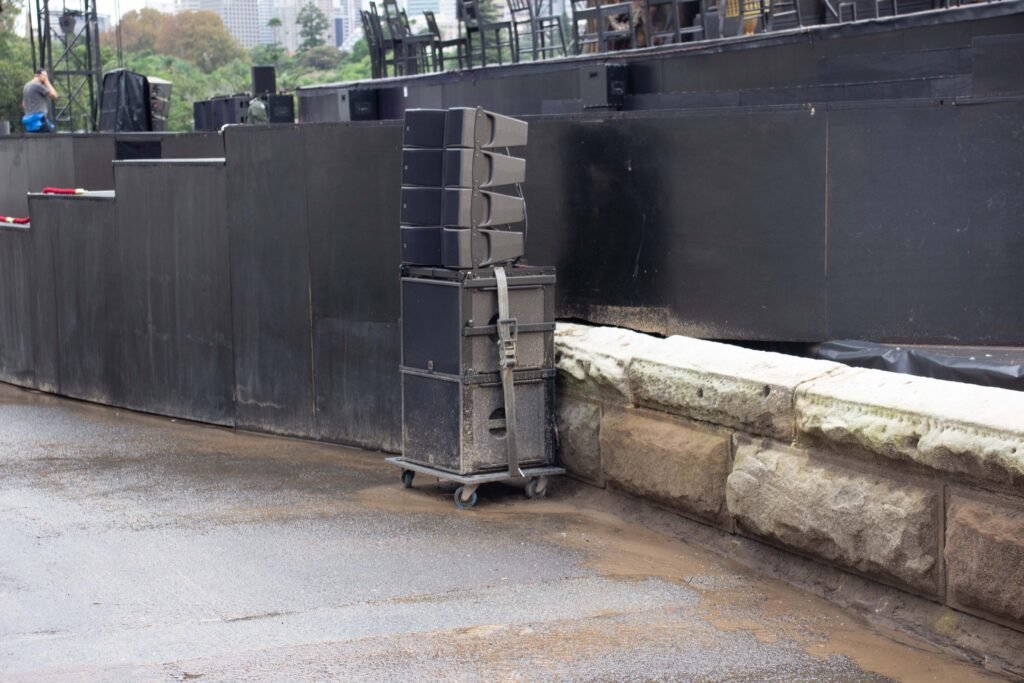
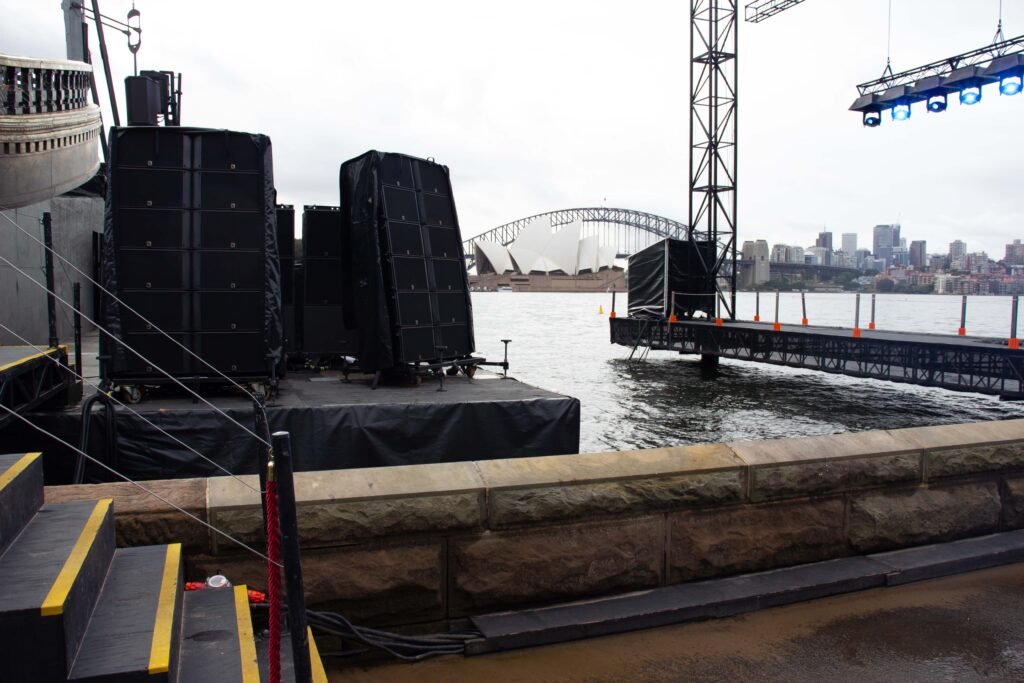
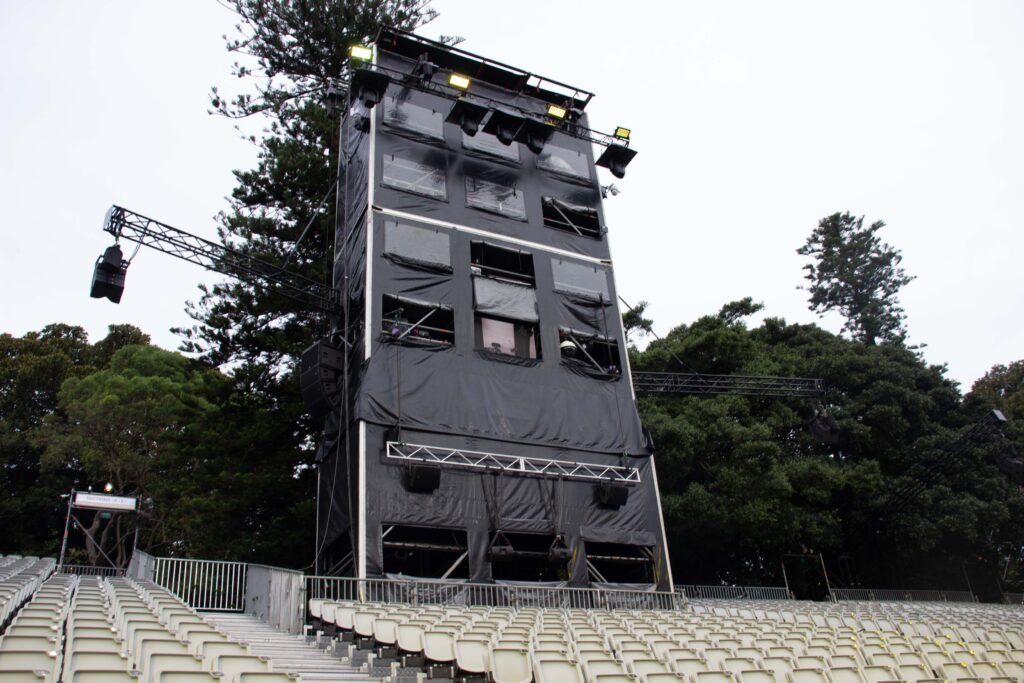
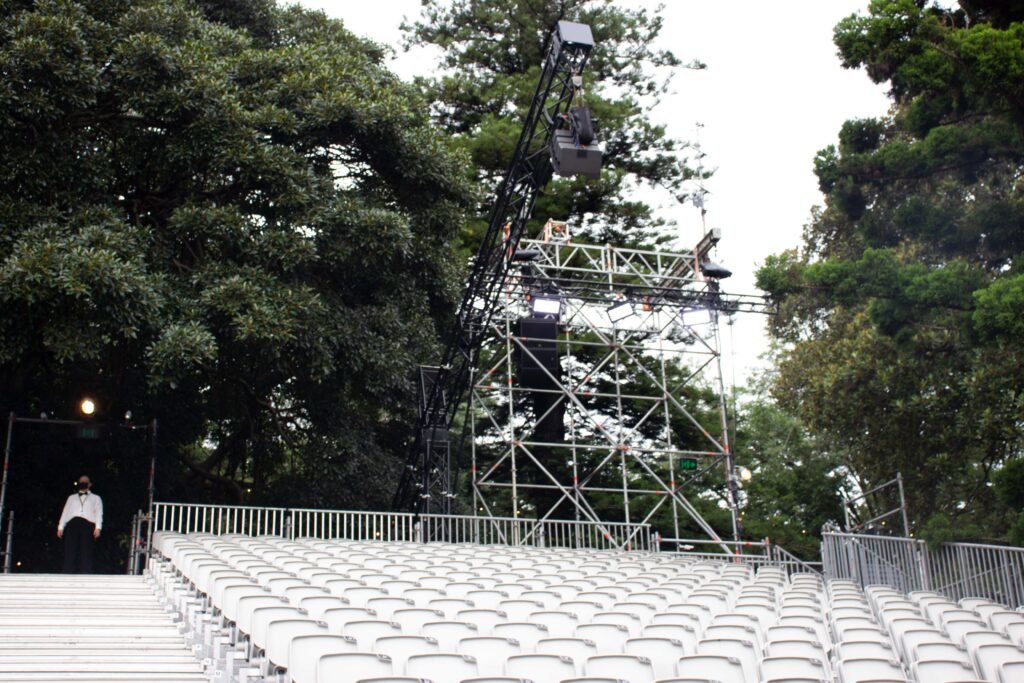
Surround is an integral part of this production, and 12 surround arrays hidden in the trees around the site utilise 16 L-Acoustics ARCS FOCUS, 10 L-Acoustics ARCS WIDE and 10 L-Acoustics SB18m subs in total. “Due to the extremely wide seating area, I split the surround into two zones, the left audience and right audience zones ,” explains Shelly. “Phantom’s voice moves around, and in the gala scene, the orchestral image starts onstage and comes into the surround, making the audience feel like they’ve suddenly been transformed from watching a rehearsal to a surrounding performance. The show really lends itself to surround, as it’s a requirement that Phantom’s voice has to be displaced at various points in the show.”
A wonderfully excessive eight units of TC Electronic’s flagship TC6000 reverbs help create surround effects and space in the show. “There’s vocal, Phantom, string, orchestral, and FX reverbs, then the surround components of those,” outlines Shelly. “I use reverbs without early reflections in the surround as an extension of the reverbs that are in the FOH PA. For example, there’s a moment in the last scene when the ensemble is tracking Phantom down; they have their FX and distant reverbs. Meanwhile, Christine and Raoul are off-stage singing in the distance with their vocal reverb. At the same time, Phantom has his own reverb. There are so many reverbs because there are many points in the show when characters are in different spaces, so we need more units to make that happen.”
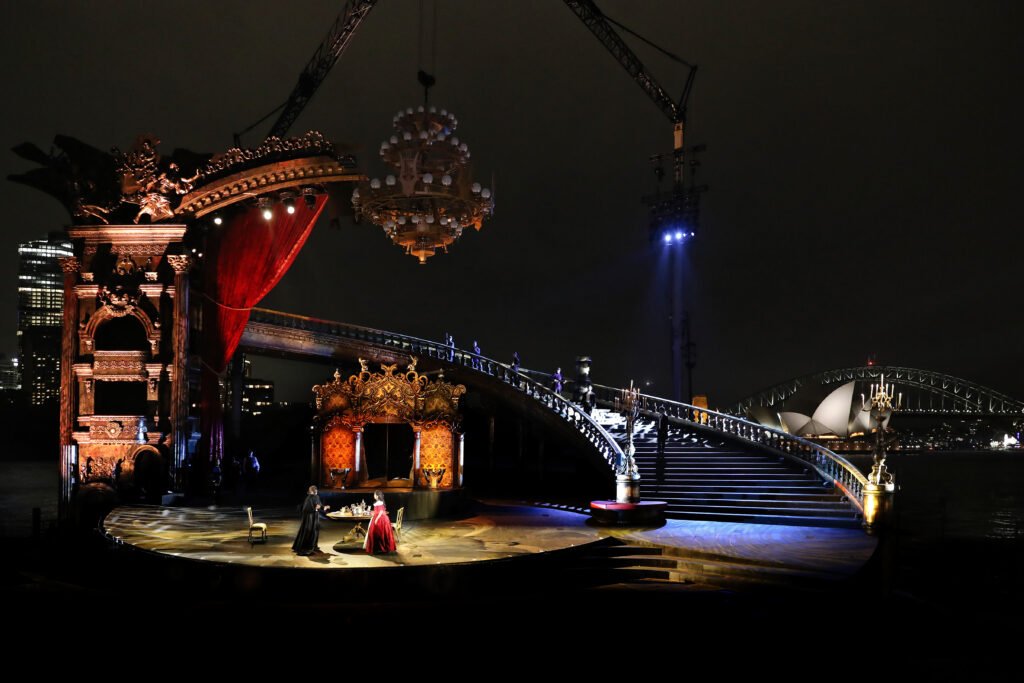
A DiGiCo SD7 with the latest SD7T software sits at the heart of the audio system, powered by two Quantum 7 Stealth Digital Engines and operated by the very talented Emily Adams. A QLab system is used to fire cues to the desk. There are dedicated SD Racks for RF and the Orchestra, with an additional SD-MiNi Rack for the orchestra. Two radio mic technicians, Monique Orton and Emma Davies, meticulously fit all performer microphones for each performance. The principals use Shure Axient Digital wireless transmitters fitted with DPA 4066/61 microphones, and the rest of the cast are on Sennheiser SK5212-II transmitters fitted with DPA mics, reporting back to Sennheiser EM 3732-II receivers. Orchestral microphones include a mix of DPA, Schoeps, Royer, and Neumann.
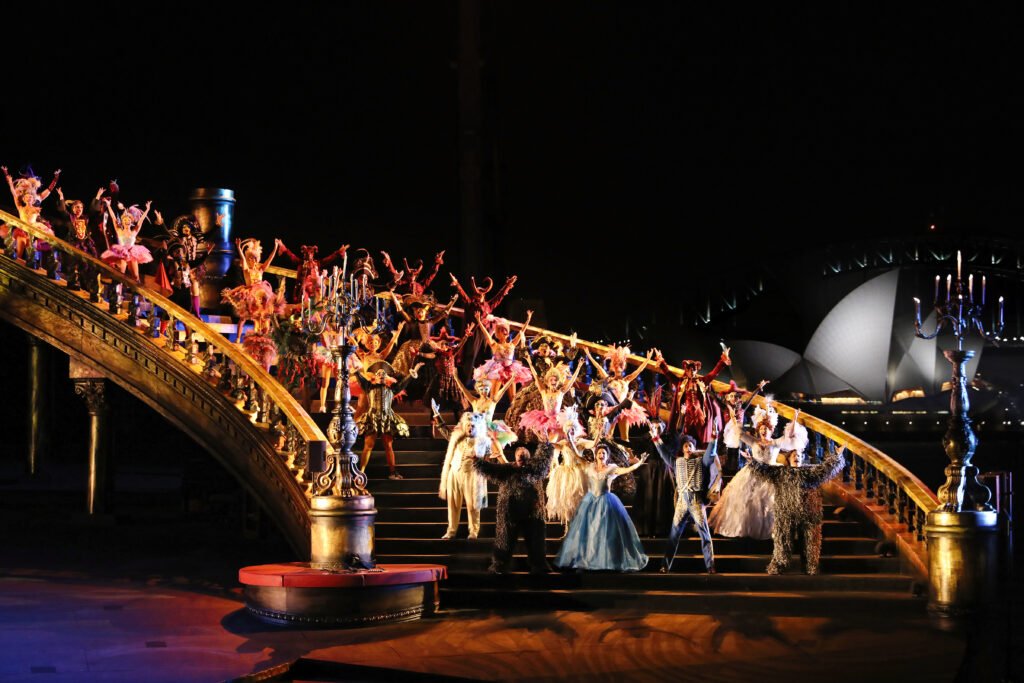
After consulting with the performers at length, Shelly decided against using IEMs, and built all foldback and monitoring into the stage. This included 124 Quest loudspeakers mounted in almost every conceivable position, and eight L-Acoustics speakers for ambience and fill. “Mounting floor speakers like this has had its challenges because of the rain,” concedes Shelly. “But music theatre performers prefer not to wear IEMs in general. We tried to create an acoustic environment that was like performing inside a theatre. The stage and ambient speakers were fed with reverb and reflective vocal to give the performers that sense. For the most part, they loved it, except when wind became a challenge. There’s no perfect solution in an environment like Handa Opera on Sydney Harbour. We had waterproof speakers, but they were sitting upside down, and can and did fill up with water. We ended up putting Glad Wrap between the speaker grille and the stage surface to stop water going in, which was relatively successful.”
“Handa Opera on Sydney Harbour is such an amazing concept,” concludes Shelly. “It’s very challenging dealing with the elements and the environment, but what a beautiful location! I take my hat off to Opera Australia for putting on such a challenging production. The Phantom of the Opera is a very detailed show and has a lot of complexity about it, which makes it even more extraordinary when you consider it was first staged in the 1980s.”
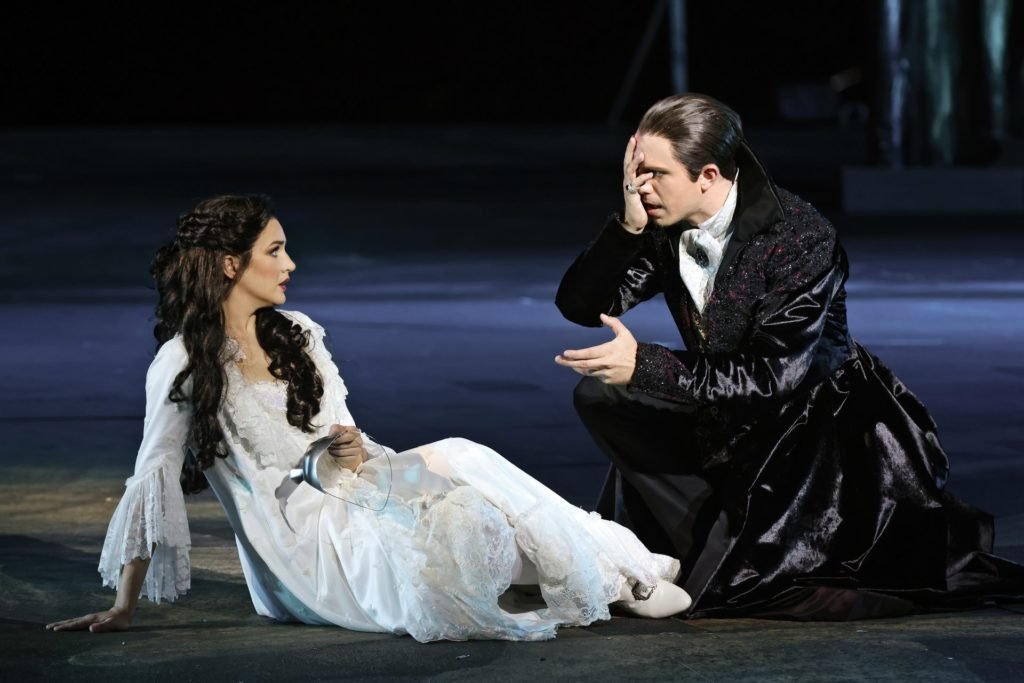
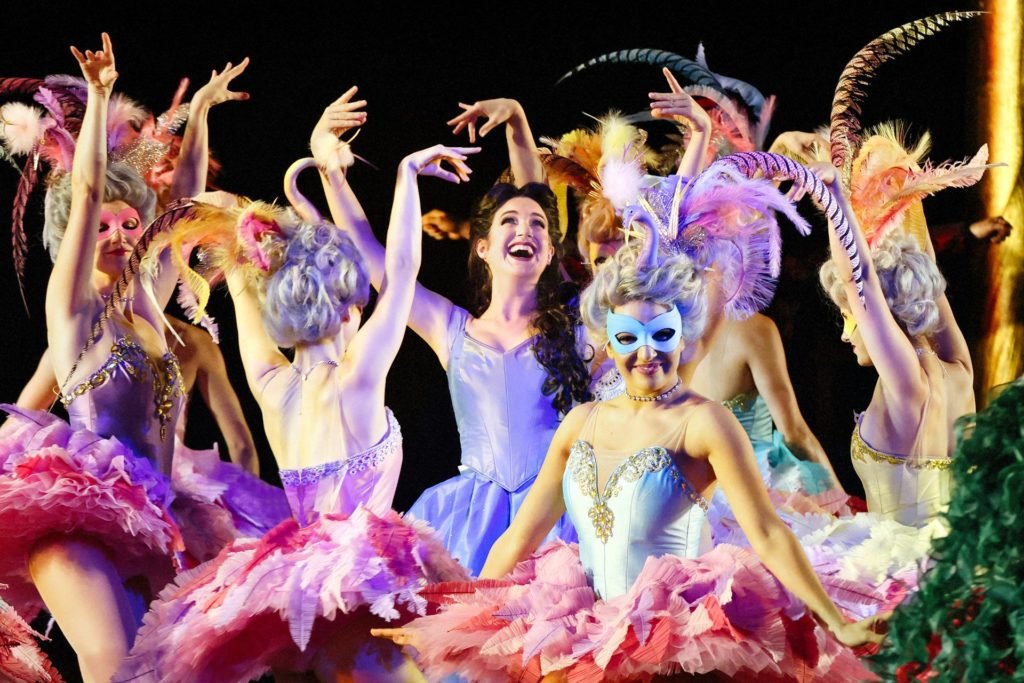
Backstage
NW Group Audio Team
Project Manager: George Blackley
Associate Designer / Senior Systems Engineer: Ricky Gallagher
Comms and Systems Engineer: Roo Smith
L-Acoustics products deployed
4 x 6 K2 ground stacked, main L/R inner and outer
4 x 3 cardioid KS28 stacks
6 x KS28 effect subs under grandstand
3 x 4 KIVA and 2 x SB15 as front fill
6 x 4 KIVA as delay hangs
10 x 1 SB18 with 2 or 3 ARCS WIFO (dependent on throw distance)
8 x 12XTs various fill/fold back
4 x X8s, 2 as foldback, 2 as desk fill
Amplification: 8 x LA-RAK II, 6 x LA-RAK, 10 x LA4X
Subscribe
Published monthly since 1991, our famous AV industry magazine is free for download or pay for print. Subscribers also receive CX News, our free weekly email with the latest industry news and jobs.






